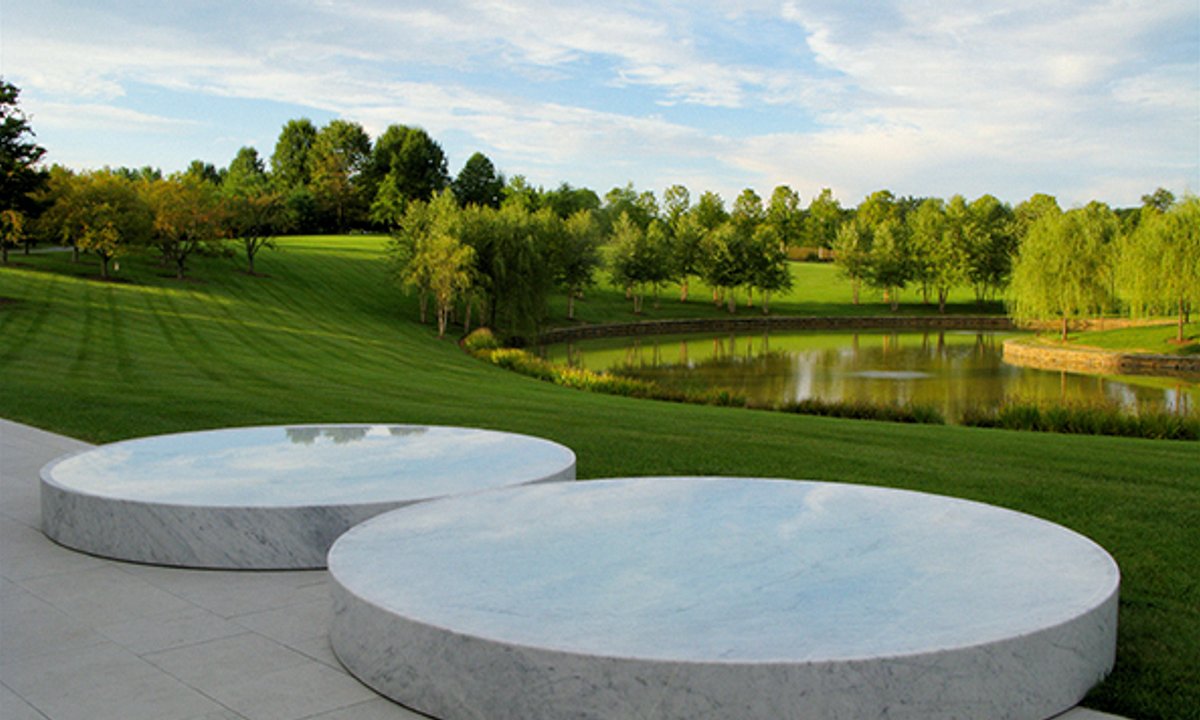
"Outdoor art can become a crucial element of a place's identity, but long-term and permanent pieces face particularly complex conservation issues. As these works weather the elements-which can include intended and unintended public interaction-they are subjected to damage and decay, leaving those in charge of their care with the difficult and costly task of ongoing maintenance. But who exactly is responsible can be complicated, leading to disrepair, litigation and even the eventual removal of works."
"Accredited art organisations must maintain certain standards set by groups like the American Alliance of Museums and the International Council of Museums, which extend beyond institutional walls to the display of outdoor art. In the nuanced world of public art, however, things are less regulated. Public art is often under the stewardship of local governments or civic committees, which are not beholden to museum guidelines. Moreover, projects tied to the tenure of political figures can come with less planning, raising questions of long-term sustainability."
Outdoor sculptures and permanent public artworks endure weather, public interaction, and resulting decay that create complex, costly conservation needs. Ambiguity over who bears responsibility for maintenance often produces neglect, litigation, and the removal of works. Accredited museums follow conservation standards from organizations such as the American Alliance of Museums and the International Council of Museums, but many public-art projects fall under local governments or civic committees without those obligations. Projects tied to political tenures can be rushed and lack long-term sustainability planning, and civic redevelopment or inadequate maintenance can place completed works at risk.
Read at The Art Newspaper - International art news and events
Unable to calculate read time
Collection
[
|
...
]